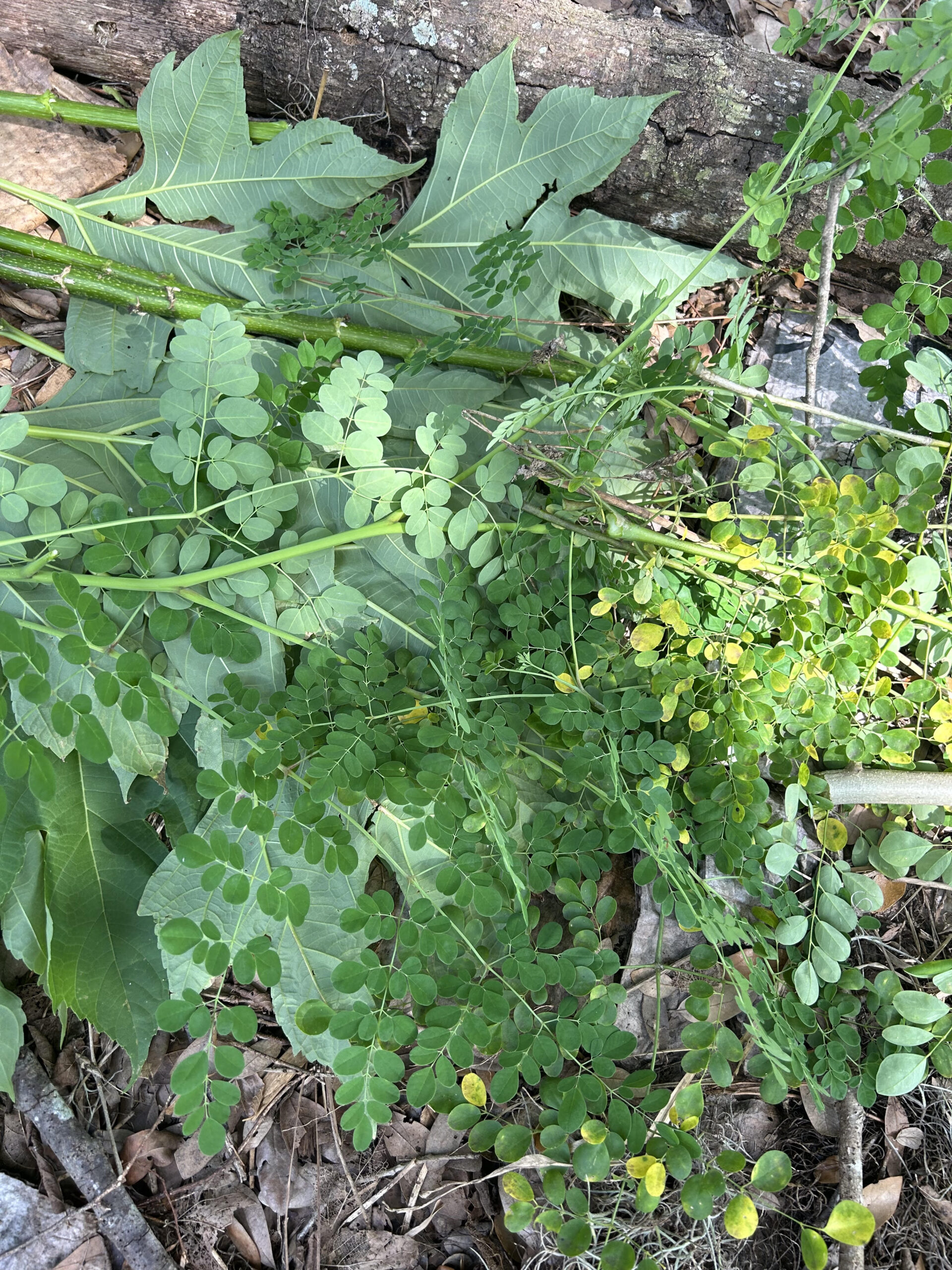Time to Tidy Up Your Edible Landscape: A Seasonal Reminder
As the seasons change, so does the care your edible landscape needs to thrive. Whether you’re nurturing a lush food forest, a productive garden, or a vibrant permaculture paradise, now is the perfect time to roll up your sleeves and give your plants the attention they deserve. Here’s a quick reminder of what to do this season to keep your landscape healthy and bountiful.
1. Fertilize for Growth and Health
As the weather cools or warms, depending on your location, plants need an extra boost to prepare for the coming season. Fertilizing now ensures they have the nutrients to produce healthy foliage, flowers, and fruit.
- What to use: Choose organic fertilizers, compost, or well-rotted manure that match your soil type and plant needs.
- How to apply: Spread evenly around the root zone of your plants, and be sure to water it in thoroughly.
2. Prune for Structure and Productivity
Pruning is essential to maintaining the shape and health of your plants. Removing dead or diseased branches improves air circulation, reduces pest problems, and encourages new growth.
- When to prune: Prune fruit trees, berry bushes, and other perennials during their dormant season, usually in late fall or early winter.
- How to prune: Use sharp, clean tools to make clean cuts at a 45-degree angle just above a bud or branch junction.
3. Mulch for Moisture and Protection
Mulching is one of the best things you can do for your landscape. A good layer of mulch helps retain soil moisture, suppress weeds, and protect plant roots from temperature extremes.
- What to use: Organic materials like straw, wood chips, or leaf mold work best as they break down over time and enrich the soil.
- How to apply: Spread mulch 2-4 inches deep around your plants, keeping it a few inches away from the stems to prevent rot.
4. Chop and Drop for Natural Fertility
In a food forest or permaculture garden, the chop-and-drop method mimics natural processes by returning nutrients to the soil. Simply cut back leguminous cover crops, herbaceous perennials, or any plants that have completed their life cycle, and leave the cuttings on the ground to decompose.
- Benefits: This technique builds soil fertility, improves soil structure, and reduces the need for external inputs.
- How to do it: Chop plants at the base and spread the cuttings evenly across the soil surface, allowing them to break down naturally.
Final Thoughts
Taking the time to fertilize, prune, mulch, and chop and drop now will set the stage for a thriving landscape in the seasons to come. These simple but crucial tasks help ensure your plants stay healthy, productive, and resilient year after year. So grab your tools and head out into the garden—your plants will thank you for it!
